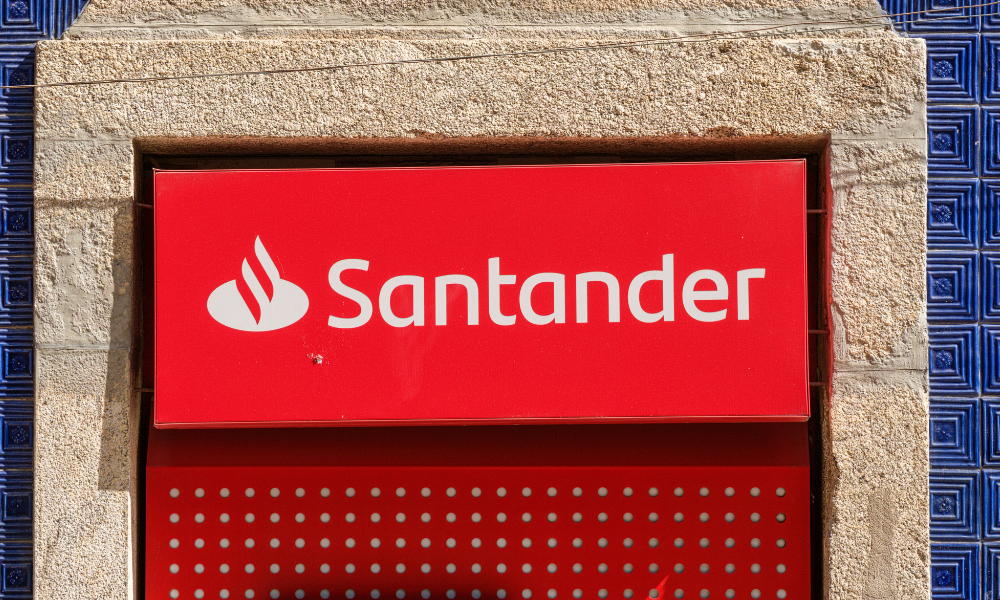Ana Botin tries to damp down rumours of a Barclays buy-out as it replaces CEO in big reshuffle

Ana Botin, executive chair of Banco Santander who became head of the bank’s UK division in 2010 has been busy. On Friday, she announced a new CEO for the US arm of the bank – Christiana Riley who will be replacing Tim Wennes. But the headlines that have been getting our attention over this side of the pond have been those speculating whether the Spanish bank is considering an exit from the UK.
Speaking over the weekend, however, Santander has insisted that it is committed to remaining in the British market. Botín has dismissed any notion of a sale, stating unequivocally: “The UK is not for sale. We love the UK and the UK will remain a core market.”
Rumours of a potential withdrawal were ignited by reports indicating a strategic review of Santander’s UK operations. Concerns were further amplified when William Vereker, chairman of Santander UK, suddenly announced his departure last week. However, Botín has emphasised that the UK remains a profitable and strategically important region for the bank, contributing significantly to the group's global portfolio.
A strategic asset in the global portfolio
Santander has maintained a strong presence in Britain for two decades, beginning with its acquisition of Abbey National in 2004. Further expansion came during the 2008 financial crisis when the bank acquired Alliance & Leicester and parts of Bradford & Bingley. Today, Santander UK is one of the largest mortgage lenders in the country, employing over 18,000 people and serving millions of customers.
Read more: Is this major British bank about to buy Santander?
However, the British banking landscape presents unique challenges. Regulatory complexities, including ring-fencing rules that separate retail operations from investment banking, have led some analysts to speculate about the feasibility of Santander’s long-term strategy in the UK. These rules impose restrictions on the bank’s ability to transfer funds between its UK and global operations, impacting efficiency and profitability.
Where does Santander make its profits?
1 Spain circa: 3.4 billion
2 Brazil circa: 2.9 billion
3= UK circa: 2.1 billion
3= Mexico circa: 2.1 billion
In recent years, Santander UK has faced several hurdles, including a decline in mortgage lending and a car finance commission scandal, which resulted in a £295 million provision for potential customer compensation. Analysts have highlighted that UK banking regulations, combined with increasing competition from domestic rivals such as Lloyds, HSBC, Barclays, and NatWest, have added pressure to Santander’s operations.
Read more: Santander's commission concerns hit profits as FCA warns of flood of cases
Despite these challenges, Botín remains optimistic about the UK’s prospects, noting its role as a low-risk and diversified market within Santander’s global portfolio. The bank has been integrating its British IT systems with its global operations, a move seen as strengthening rather than diminishing its commitment to the UK.
Future growth plans
Rather than seeking a buyer for its UK division, Santander appears to be doubling down on expansion through digital innovation. The launch of Openbank, its digital banking platform, is one avenue the group is exploring to enhance its customer offerings in Britain. Openbank has already gained traction in other markets and could become a pivotal part of Santander’s strategy in the UK.
Read more: Santander could pull out from the UK - report
Additionally, Santander UK is expected to continue investing in corporate and investment banking. While the bank’s retail division has faced headwinds, its corporate arm has shown resilience, particularly in serving mid-sized businesses and commercial clients.
Botín’s leadership and strategic vision
Botín’s tenure at Santander has been marked by efforts to modernise the bank and adapt to changing financial landscapes. While the group’s share price has struggled in recent years, she has pointed to €32 billion in buybacks and dividends as indicators of the bank’s underlying strength.
Despite industry speculation, Santander says it remains committed to the UK market, positioning itself for long-term growth. As Botín reiterated: “We would like to grow, there are different ways of doing that. The one we’re focused on is organic, through leveraging our global platforms.”



